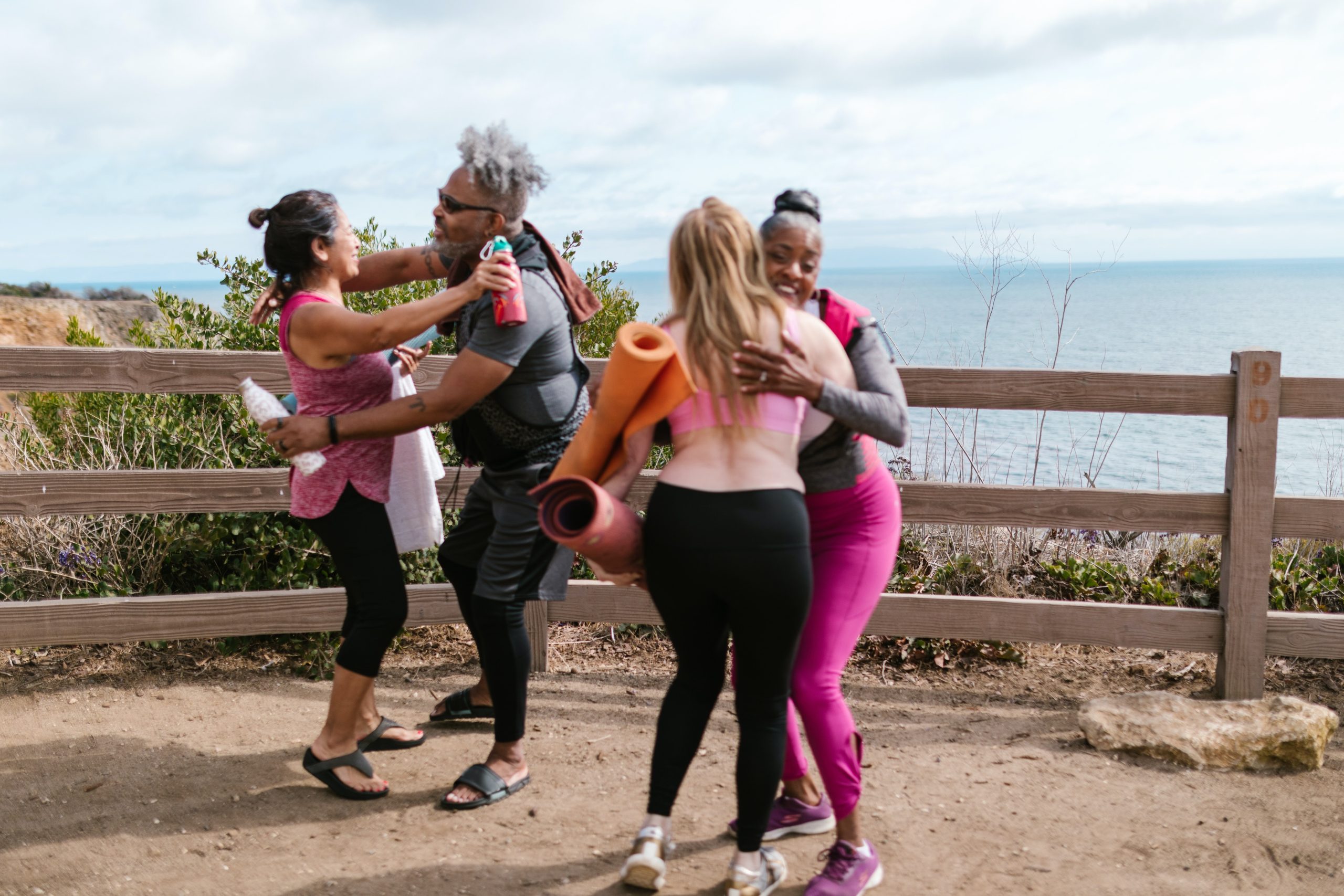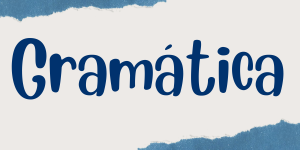Saludos y despedidas
SALUDOS

This section is al about presentations. It is a combination of grammar and vocabulary. You will learn how to have your first small conversation. Note: In this book you will have opportunities to practice reading, speaking and listening.
The following are common ways to greet a person in Spanish Speaking countries.
It is important to notice that Greetings and Farewells vary from country to country.
Spanish has formal and informal forms to address people. The subject pronoun and the verbs used will let you know if formal or informal is used.
When to use formal and informal forms
Formal
When the other person is older than you
When the other person is in a position of authority (boss, teacher, professor)
Informal
When the other person is a family member or friend
When the other person is the same age as you
NOTE: There are countries such as Costa Rica where they only use the formal form.
Subject pronouns
| Formal | Informal |
| Usted | Tú |
The tú and used conjugation form will change their endings.
Here are example conversations in the informal form as well as the formal.
Here is a video podcast where they discuss the differences between “tú” (tuteo) y “ústed” (ustedeo) if you want to learn more. Video
Common Greetings, Farewells, and courtesy expressions.
| Spanish | English |
| Hola | Hello |
| ¿Qué tal? | What´s up? |
| Buenos días | Good morning (Usually from 12am till 11:59 pm) |
| Buenas tardes | Good afternoon/evening (Usually from 12pm till 7:59pm) |
| Buenas noches | Good night (Usually from 8pm till 11:59pm) |
| Que gusto de verte/ verlo | Nice to see you ( informal and formal) |
| Tanto tiempo sin verte | It has been a while since I saw you |
| Le presento a… | This is… |
| Mucho gusto / Encantado/a | It´s a pleasure to meet you |
| El gusto es mío- | The pleasure is mine |
Variations:
What´s up:
Mexico: ¿qué onda?
Spain: ¿Qué dices? ¿Qué hay?
Argentina: ¿Como andas?
Colombia: ¿qué hubo?
Costa Rica: ¡Pura vida!
Goodbye or See you later
Colombia and Venezuela: “vaya por donde Dios lo trajo”/ “Dios lo lleve con bien” / que “dios lo cuide”.
Spain: ¡Venga!
Wellbeing
View “Forming Questions”
| Spanish | English |
| ¿Cómo estás (tú)? / ¿Cómo está Usted? | How are you? (Informal and Formal) |
| ¿Cómo has estado? | How have you been? (Informal) |
| ¿Cómo te ha ido? | How have you been? (Informal) |
| ¿Cómo te va? / ¿Cómo le va? | How have you been? (Informal and Formal) |
Variations:
What´s up:
Mexico:
Spain: ¿Qué hay? ¿Qué pasa?
Argentina: ¿como andás?
Answers to questions
| Spanish | English |
| ¡Estoy /Muy bien! | I am great |
| Estoy/bien | I am ok |
| Estoy tranquilo/a | I am |
| Estoy ocupado/a | I am busy (Masculine/ Feminine) |
| Estoy enfermo/a | I am sick (Masculine / Feminine) |
Farewells
| Spanish | English |
| Adiós | Good bye |
| Nos vemos | See you later |
| Saludos a tu mamá, papá, etc. | Say hello to your mother/father |
| Hasta luego/ pronto | See you later/ soon |
| Hasta mañana | See you tomorrow |
| Hasta la próxima semana | See you next week |
| Hasta el próximo fin de semana | See you next weekend |
| Te veo luego | I will see you later |
| Chao | Good bye |
| ¡Cuídate! | Take care |
Licensing and Attribution:
Gramatica content on this page was remixed from Español por el mundo by Gemma Morawski and Ani Alcocer, licensed under a Creative Commons Attribution 4.0 International License. Adaptations include voice pronunciations provided by Gemma Morawski and openly-licensed images throughout the H5P flashcards attributed on each card via the H5P editing dashboard and forvo.com . Further adaptations include practice activities created by Gemma Morawski via H5p. Images are created by Gemma Morawski with canva.

